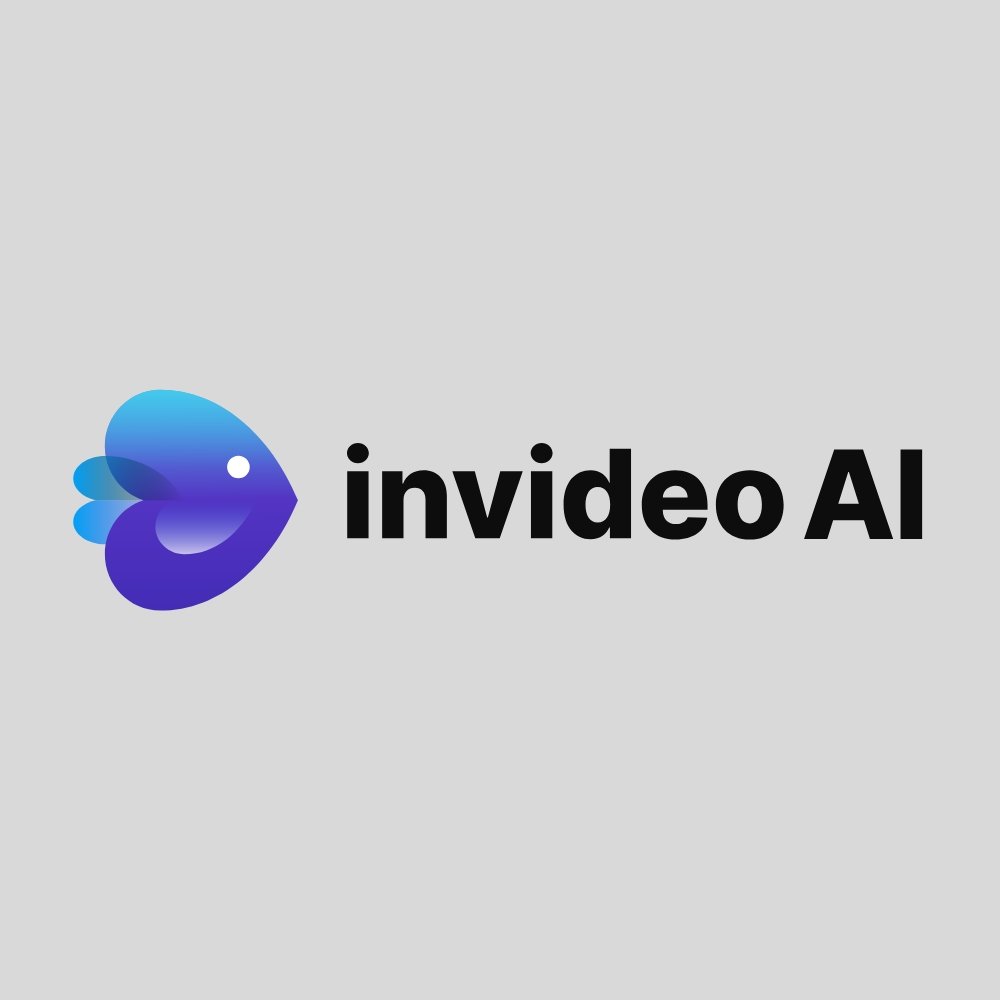The financial markets have undergone a dramatic transformation over the past decade, and artificial intelligence stands at the center of this revolution.
From automated trading systems to sophisticated risk assessment tools, AI has fundamentally changed how traders, investors, and financial institutions approach the markets.
For those interested in AI tools and their practical applications, the financial sector offers some of the most compelling examples of machine learning and automation in action.
Understanding AI’s Entry into Financial Markets
The integration of artificial intelligence into financial markets didn’t happen overnight. Traditional trading relied heavily on human intuition, manual analysis, and experience-based decision-making. However, as computing power increased and data volumes exploded, the limitations of human-only analysis became increasingly apparent.
AI tools entered the financial space to address several critical challenges. Markets generate enormous amounts of data every second, far more than any human trader could process.
Additionally, markets operate globally across multiple time zones, requiring constant monitoring and analysis. Human emotions like fear and greed often lead to poor trading decisions, while AI systems can maintain consistency and objectivity. These factors created the perfect environment for AI adoption.
Today, AI has become indispensable in financial markets. Major investment banks, hedge funds, and even individual retail traders now leverage AI-powered tools to gain competitive advantages in increasingly complex markets.
Key AI Technologies Transforming Trading
Several distinct AI technologies have found their way into financial trading, each serving different purposes and offering unique capabilities.
Machine Learning Algorithms
Machine learning forms the backbone of most AI trading systems. These algorithms can identify patterns in historical market data that humans might miss. By analyzing years of price movements, trading volumes, and market indicators, machine learning models can detect subtle correlations and relationships.
Supervised learning models train on labeled historical data to predict future price movements. These systems learn from past examples where outcomes are known, then apply those lessons to current market conditions. Unsupervised learning algorithms discover hidden patterns and groupings in market data without predefined labels, often revealing market structures that weren’t previously understood.
Reinforcement learning takes a different approach, learning optimal trading strategies through trial and error. These systems receive rewards for profitable trades and penalties for losses, gradually improving their decision-making over time.
Natural Language Processing
Natural language processing (NLP) has opened entirely new data sources for market analysis. Financial markets don’t just respond to numbers—they react to news, earnings reports, social media sentiment, and economic announcements.
AI-powered NLP tools can scan thousands of news articles, company filings, and social media posts in real-time, extracting sentiment and identifying potentially market-moving information. When a company announces earnings, NLP algorithms can instantly analyze the report, assess whether the tone is positive or negative, and predict potential market reactions before human traders have finished reading the first paragraph.
Sentiment analysis tools track public opinion about specific stocks, sectors, or the overall market by analyzing social media platforms, financial forums, and news sources. This gives traders insight into market psychology and potential trend shifts.
Deep Learning and Neural Networks
Deep learning represents the cutting edge of AI in trading. These sophisticated neural networks can process multiple types of data simultaneously, including price charts, fundamental data, news sentiment, and alternative data sources like satellite imagery or credit card transaction data.
Convolutional neural networks (CNNs), originally developed for image recognition, have been adapted to analyze price charts and technical patterns. These networks can identify complex visual patterns in trading charts that indicate potential buy or sell signals.
Recurrent neural networks (RNNs) and their more advanced cousins, Long Short-Term Memory (LSTM) networks, excel at analyzing sequential data like time series. These networks can remember important information from past time periods and use it to make predictions about future price movements.
Practical Applications of AI in Trading
The theoretical capabilities of AI become truly impressive when examining real-world applications across different trading strategies and timeframes.
Algorithmic Trading
Algorithmic trading uses AI to execute trades automatically based on predefined criteria. These systems can monitor multiple markets simultaneously and execute trades in milliseconds when conditions align.
High-frequency trading (HFT) represents the most aggressive form of algorithmic trading. AI-powered HFT systems can analyze market conditions and execute thousands of trades per second, capitalizing on tiny price discrepancies that exist for mere fractions of a second. While controversial, HFT provides market liquidity and tighter bid-ask spreads.
Statistical arbitrage strategies use AI to identify pricing inefficiencies between related assets. When AI detects that a stock is undervalued relative to its peers or historical norms, it can execute trades to profit from the eventual price correction.
Portfolio Management
AI has revolutionized portfolio management by enabling more sophisticated diversification strategies and risk management. Robo-advisors use AI algorithms to create and manage investment portfolios based on individual risk tolerance, investment goals, and time horizons.
These AI systems can continuously monitor portfolio performance and rebalance automatically to maintain target allocations. They analyze correlations between different assets and optimize portfolios to maximize returns for a given level of risk.
AI-powered portfolio managers can also incorporate alternative data sources like consumer spending patterns, supply chain information, or environmental data to gain insights that traditional fundamental analysis might miss.
Risk Assessment and Management
One of AI’s most valuable contributions to financial markets is enhanced risk management. AI systems can analyze thousands of risk factors simultaneously, identifying potential threats that human risk managers might overlook.
AI tools can simulate millions of possible market scenarios to stress-test portfolios and predict potential losses under various conditions. This helps institutions understand their exposure and take preventive measures before problems arise.
Credit risk assessment has been transformed by machine learning models that analyze borrower data to predict default probabilities more accurately than traditional credit scoring methods. These systems can incorporate non-traditional data sources like payment histories, online behavior, and social connections to assess creditworthiness.
Market Prediction and Forecasting
While predicting financial markets remains inherently challenging, AI has improved forecasting accuracy by processing larger datasets and identifying more complex patterns than traditional statistical methods.
AI prediction models combine multiple data types—technical indicators, fundamental metrics, sentiment data, and macroeconomic factors—to generate comprehensive market forecasts. These models can adapt to changing market conditions by continuously learning from new data.
Some AI systems use ensemble methods, combining predictions from multiple different algorithms to generate more robust forecasts than any single model could produce.
Popular AI Trading Tools and Platforms
The AI trading landscape includes diverse tools ranging from institutional-grade platforms to accessible retail solutions.
| Tool Category | Key Features | Typical Users |
|---|---|---|
| Institutional Platforms | Advanced machine learning, custom model development, direct market access | Hedge funds, investment banks, asset managers |
| Retail Trading Platforms | Pre-built AI strategies, automated execution, backtesting | Individual traders, small investment firms |
| Robo-Advisors | Automated portfolio management, tax optimization, goal-based investing | Individual investors, retirement savers |
| Market Intelligence Tools | Sentiment analysis, news aggregation, alternative data | Analysts, researchers, active traders |
| Risk Management Systems | Portfolio stress testing, compliance monitoring, exposure analysis | Risk managers, compliance officers |
Many brokerage platforms now integrate AI-powered features directly into their trading interfaces. These include pattern recognition tools that identify technical formations, AI-generated trade ideas based on market analysis, and automated alerts when AI systems detect potential opportunities or risks.
Cloud-based AI trading platforms have democratized access to sophisticated tools that were once available only to large institutions. Individual traders can now subscribe to services that provide AI-generated signals, automated trading strategies, and advanced analytics without requiring programming knowledge or massive computing infrastructure.
Advantages of AI in Financial Trading
The widespread adoption of AI in financial markets reflects genuine advantages that these technologies provide.
AI systems process and analyze data at speeds impossible for humans. While a human trader might analyze dozens of stocks per day, AI can monitor thousands of securities across multiple markets simultaneously, never missing potential opportunities due to time constraints or attention limitations.
Consistency represents another crucial advantage. AI systems follow their programmed logic without deviation, unaffected by emotions, fatigue, or cognitive biases. They won’t panic during market crashes or become overconfident during bull markets. This emotional neutrality often leads to more disciplined trading and better long-term results.
AI excels at pattern recognition, identifying complex relationships in data that aren’t obvious to human observers. These patterns might involve subtle correlations between seemingly unrelated assets or seasonal tendencies that appear only under specific conditions.
The ability to backtest strategies extensively gives traders confidence before risking real capital. AI systems can simulate trading strategies across years of historical data, testing how they would have performed under various market conditions. This helps identify robust strategies while filtering out approaches that worked by luck rather than genuine edge.
AI tools also enable 24/7 market monitoring. While human traders need sleep, AI systems can watch global markets around the clock, ensuring no opportunity is missed regardless of which time zone it occurs in.
Challenges and Limitations of AI Trading
Despite impressive capabilities, AI in financial markets faces significant challenges and limitations that traders and investors must understand.
Data Quality and Bias
AI systems are only as good as the data they train on. Poor quality data, incomplete records, or biased historical information can lead AI models to learn incorrect patterns and make flawed predictions.
Historical data may not represent future market conditions, especially after major structural changes in markets or economies. AI models trained on data from low-volatility periods may perform poorly when volatility suddenly spikes.
Overfitting and Model Risk
Overfitting occurs when AI models become too closely tuned to historical data, learning noise rather than genuine patterns. These models perform exceptionally well on past data but fail when faced with new market conditions.
Model risk extends beyond overfitting. Even well-designed AI systems can fail unexpectedly when markets behave in unprecedented ways. The 2008 financial crisis and 2020 pandemic crash demonstrated how models based on historical relationships can break down during extreme events.
Black Box Problem
Many advanced AI systems, particularly deep learning models, operate as “black boxes.” They make predictions and trading decisions based on complex internal calculations that even their creators struggle to interpret. This lack of transparency creates challenges for risk management, regulatory compliance, and building trader confidence in AI recommendations.
Market Impact and Flash Crashes
As more market participants adopt AI trading systems, there’s concern about market stability. When numerous AI systems react to the same signals simultaneously, they can create or exacerbate market movements. Flash crashes—sudden, severe market drops followed by quick recoveries—have been partly attributed to AI trading algorithms interacting in unexpected ways.
Regulatory and Ethical Concerns
Regulators worldwide are grappling with how to oversee AI trading systems. Questions arise about accountability when AI systems make erroneous trades, whether AI-driven trading constitutes market manipulation in certain contexts, and how to ensure fair markets when some participants have access to sophisticated AI tools while others don’t.
The Future of AI in Financial Markets
The trajectory of AI in financial markets points toward even deeper integration and more sophisticated applications.
Quantum computing, while still in early stages, promises to revolutionize AI’s computational capabilities. Quantum algorithms could optimize portfolios across millions of scenarios simultaneously or break complex encryption protecting sensitive financial data, necessitating new security approaches.
Explainable AI (XAI) represents an important development trend. These systems aim to provide clear explanations for their predictions and decisions, addressing the black box problem and making AI more trustworthy and regulatorily acceptable.
Alternative data sources continue expanding. AI systems increasingly analyze satellite imagery to track retail parking lot traffic, shipping container movements, or agricultural yields. Credit card transaction data, mobile location data, and social media activity all feed into AI models seeking predictive advantages.
Decentralized finance (DeFi) and blockchain technology are creating new domains for AI application. AI algorithms can optimize automated market makers, identify arbitrage opportunities across decentralized exchanges, and enhance smart contract security through automated auditing.
The democratization of AI trading tools continues, with increasing access for retail traders. Cloud-based platforms, no-code AI tools, and educational resources are lowering barriers to entry, allowing more individuals to leverage AI in their trading and investing.
Getting Started with AI Trading Tools
For those interested in exploring AI trading tools, several pathways exist depending on technical skills, capital, and goals.
For Non-Technical Users
Robo-advisors offer the easiest entry point, providing AI-powered portfolio management without requiring trading knowledge or active involvement. These platforms handle asset allocation, rebalancing, and tax optimization automatically.
Many brokerage platforms now include AI-powered features like pattern recognition, automated alerts, and trade idea generation. These tools integrate directly into familiar trading interfaces, requiring no additional software or technical expertise.
For Technical Enthusiasts
Python has emerged as the language of choice for AI trading development. Libraries like pandas for data manipulation, scikit-learn for machine learning, and TensorFlow or PyTorch for deep learning provide powerful tools for building custom trading systems.
Numerous online courses and tutorials teach AI trading concepts, from basic algorithmic trading to advanced machine learning strategies. Open-source projects and trading communities offer code examples and collaborative learning opportunities.
Cloud platforms like Amazon Web Services, Google Cloud, and Microsoft Azure provide access to powerful computing resources and pre-built AI services, eliminating the need for expensive local hardware.
Best Practices
Regardless of approach, certain best practices apply to anyone using AI trading tools. Starting small allows learning without risking significant capital. Paper trading or simulation environments let users test AI strategies without real money at stake.
Understanding AI limitations prevents overreliance on automated systems. Even sophisticated AI tools should be viewed as decision support rather than infallible oracles. Maintaining human oversight ensures AI recommendations align with overall investment goals and risk tolerance.
Continuous learning remains essential as AI technologies and market conditions evolve. Successful AI traders regularly update their knowledge, test new approaches, and adapt strategies to changing markets.
Conclusion
Artificial intelligence has fundamentally transformed financial markets and trading, offering unprecedented capabilities in data analysis, pattern recognition, and automated execution. From high-frequency trading systems executing thousands of trades per second to robo-advisors managing retirement portfolios, AI tools have become integral to modern finance.
The advantages are compelling—speed, consistency, 24/7 monitoring, and the ability to process vast datasets exceed human capabilities. However, challenges including data quality issues, model risk, regulatory concerns, and the black box problem require careful consideration.
As AI technologies continue advancing and becoming more accessible, their role in financial markets will only grow. Quantum computing, explainable AI, and expanding alternative data sources promise even more sophisticated applications ahead. For traders and investors interested in AI tools, understanding these technologies and their implications is becoming essential rather than optional.
The key to success lies in viewing AI as a powerful tool rather than a magic solution. When combined with sound investment principles, appropriate risk management, and human judgment, AI can significantly enhance trading and investment outcomes. The financial markets of tomorrow will undoubtedly be shaped by AI, and those who understand and effectively leverage these tools will be best positioned to thrive in that future.




